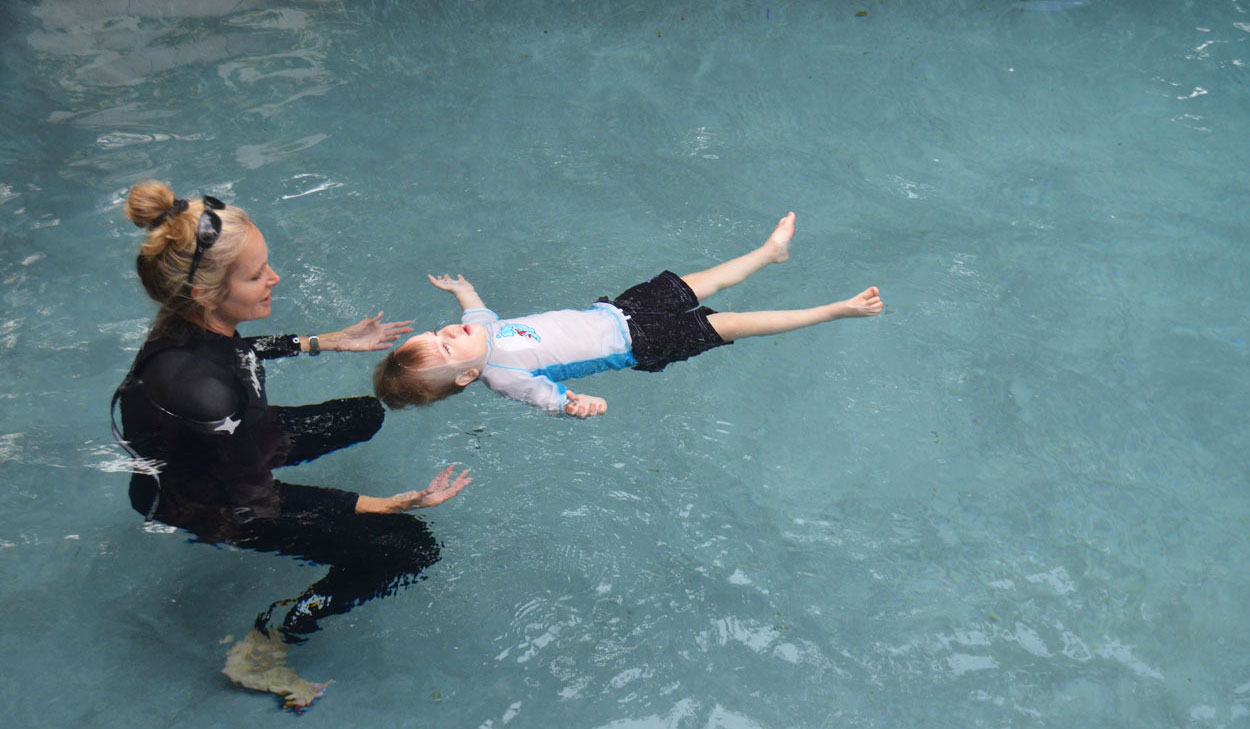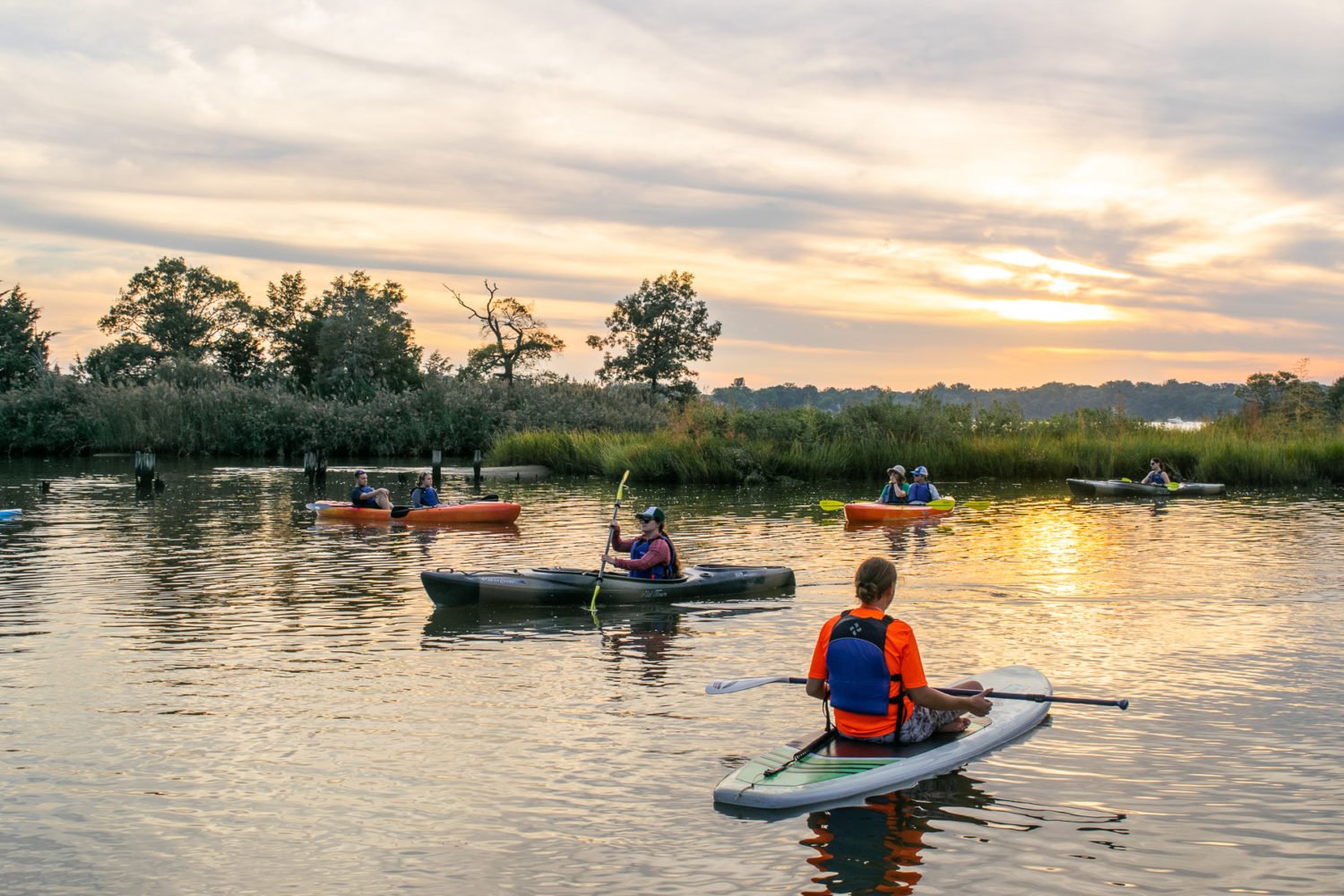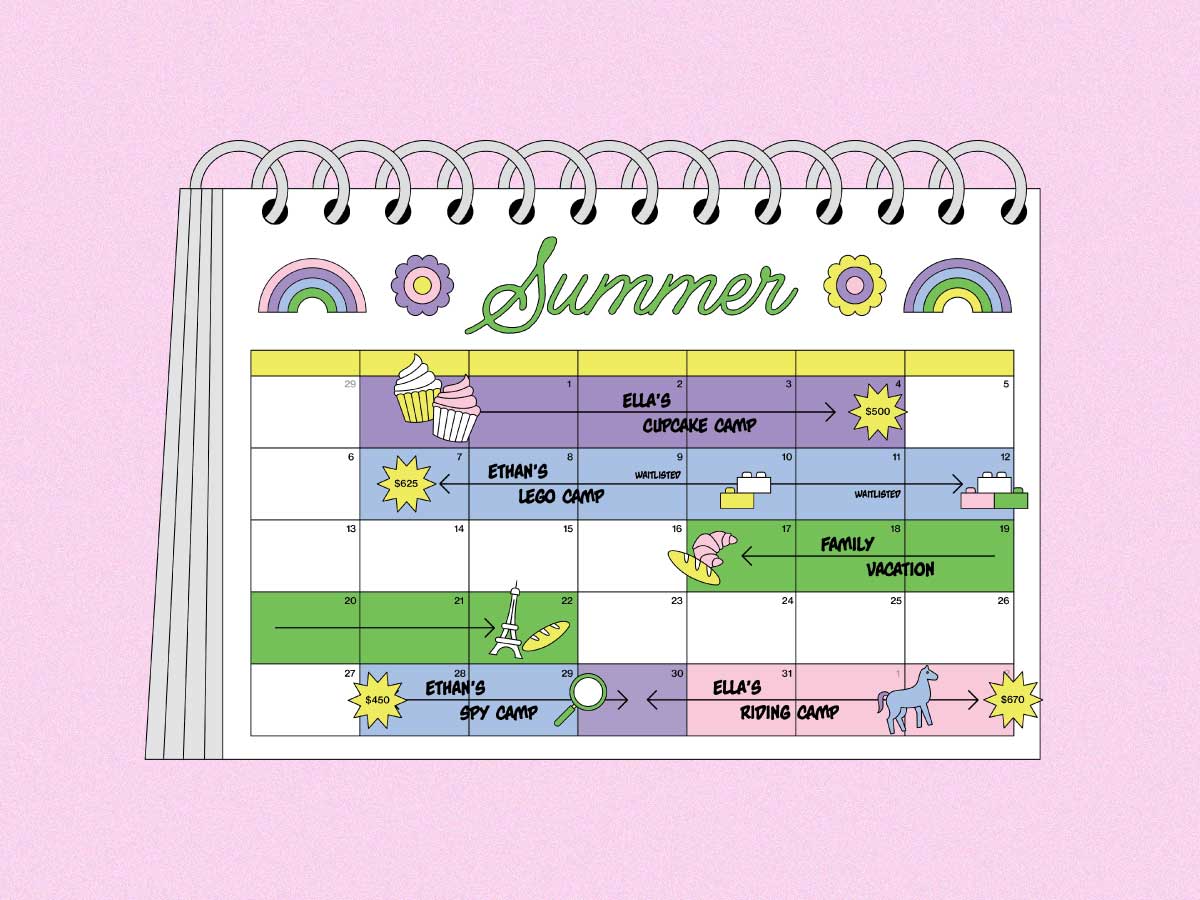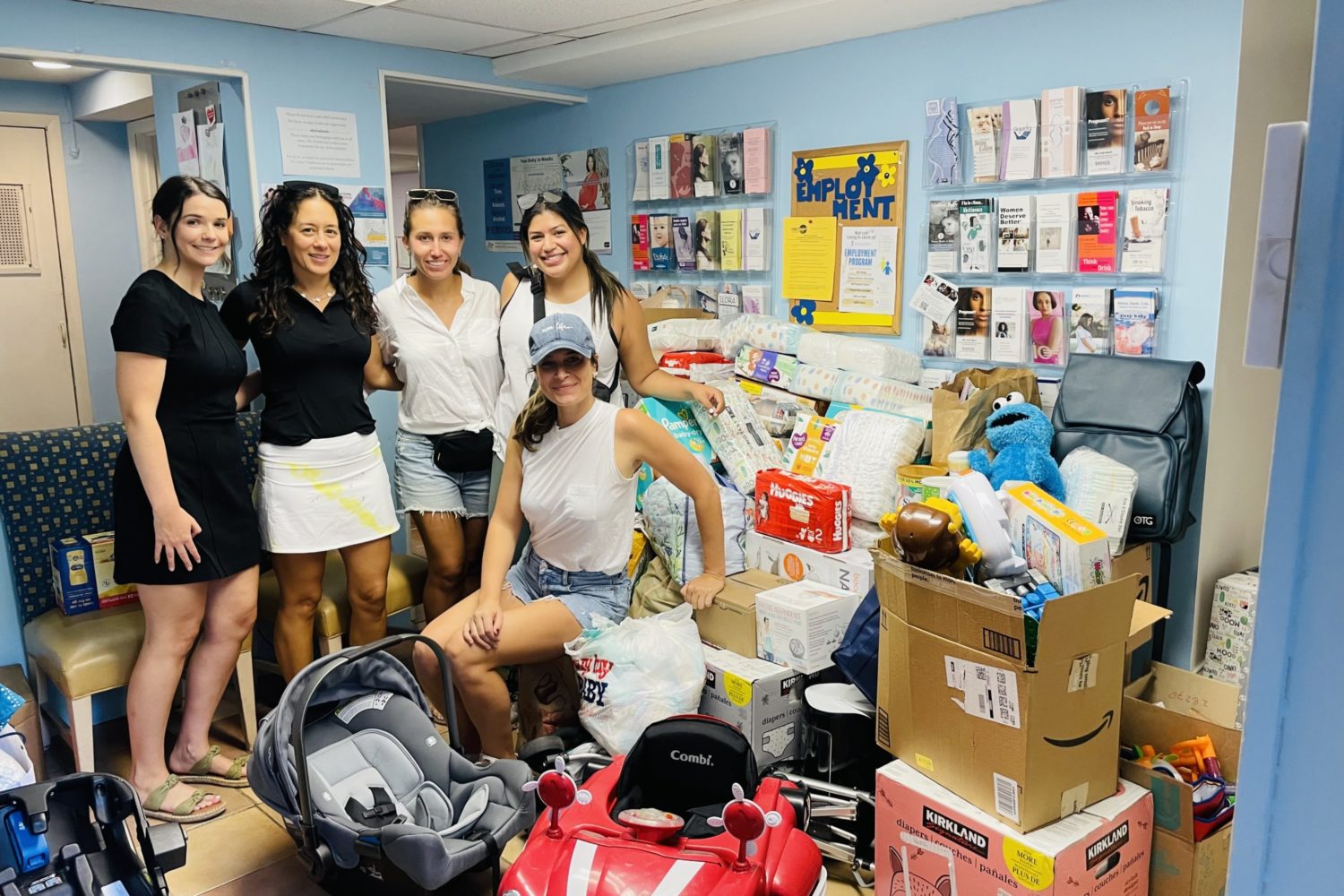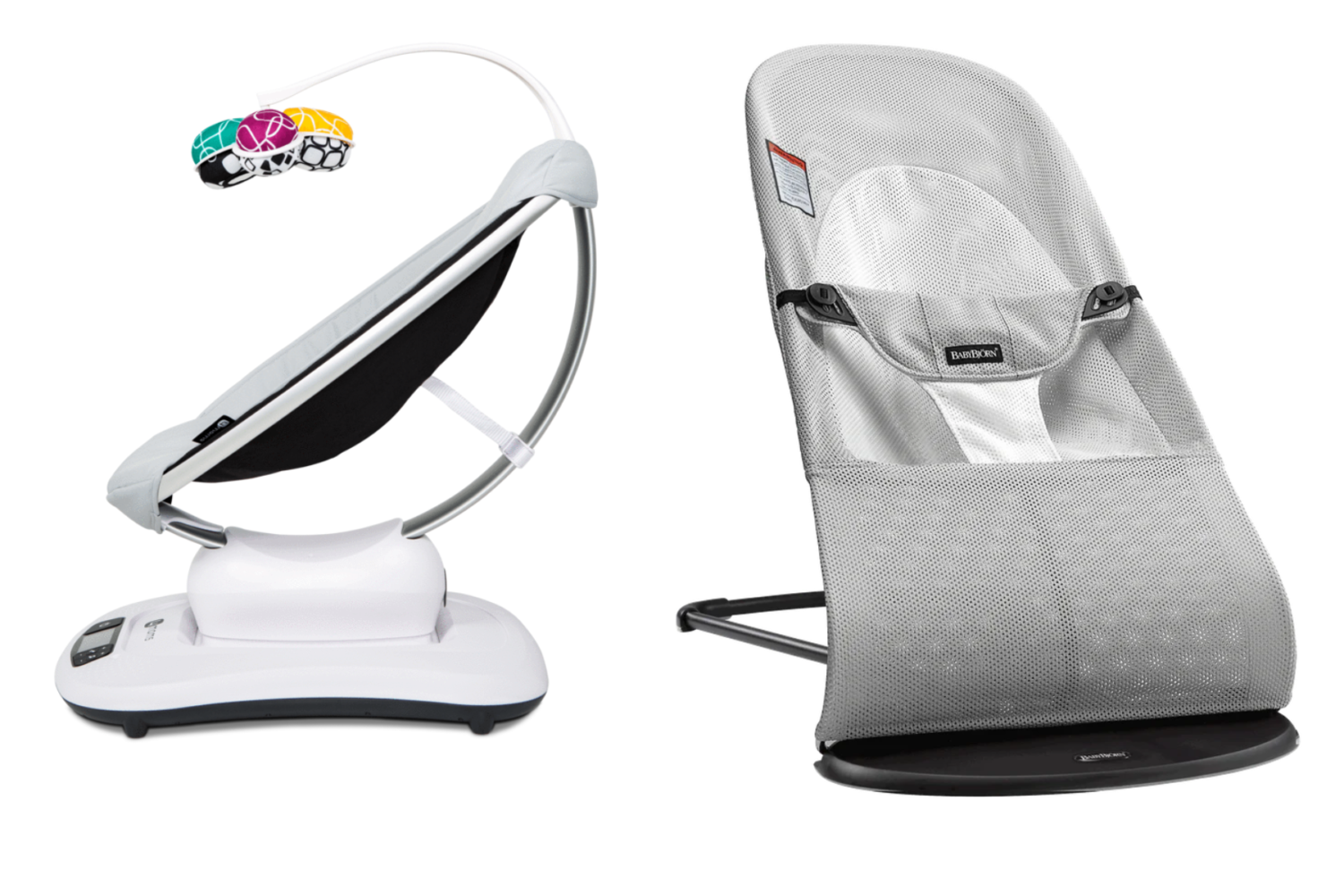Kelly Rogers Hale is a third generation swim coach and instructor, who is passionate about keeping kids safe in the water. The daughter of Joseph Rogers, American University’s swim coach for 25 years, Hale considers her job a life-long commitment and passion to make sure little ones know how to handle the water 365 days a year. As one of four founding members of the C.L.A.Y. Foundation, which encourages kids to learn floating techniques rather than rely on flotation devices, Hale has made it her mission to shed light on childhood drowning.
Here, Hale shares preventative techniques from her 40-plus years of experience as a swim instructor that could save your child’s life.
What is the ultimate goal for sharing your technique with others?
My goal is to convey to parents that teaching their children how to handle the water is a process. Our kids are better served when we subscribe to the notion that we should keep them in the water all year long. Water is everywhere and it’s the only sport that could potentially take their little lives. As an instructor of 40 years, I have never taught or believed in flotation devices. This promotes a false sense of security and can, sadly, be the path to drowning. Babies can learn to roll back and float, whereas toddlers can learn to float-swim-float. So the ultimate goal is to teach kids how to float and swim independently.
Explain your method of teaching kids safety water practices without using flotation devices.
You can teach a toddler to swim, but what if they’re too far from safety; how do they get air? I believe that training them to roll on their backs and float for air is the best practice. It isn’t the easiest method to teach, nor does it make me the most popular among Moms who hate watching their kids cry, but children cry when they’re anxious or fearful so making them comfortable outside their comfort zone is key. Pushing through helps the child achieve invaluable safety skills in and around water.
So how exactly do you do it?
My father instilled in me that babies should be introduced to water in their tiny faces so they get used to it. It’ll help them develop breath control so they learn to close their mouths when the water rushes in their face. It also encourages them to cope with water in their eyes without needing a towel. After a series of personal training with different certifications in survival swimming, we at the C.L.A.Y. Foundation developed FloatFirst—which is the method I explained above.
The C.L.A.Y. Foundation offers scholarships for economically disadvantaged children ages 6 months to 4 years so that they, too, have the chance to learn how to FloatFirst. Visit their website for more information.

